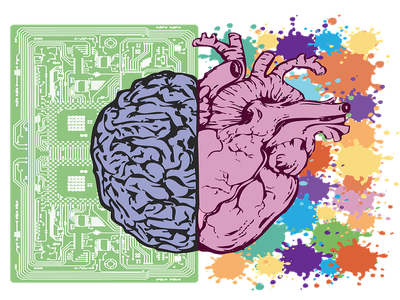
When you make any large purchase, like a car, you probably like to think that you are making a rational, well thought out decision. But the truth is purchase decisions are almost always irrational, and highly emotionally motivated. A neuroscientist named Antonio Damasio discovered back in the 1990s that patients with damage to the part of the brain that processes emotions had extreme difficulty making decisions, even just what to order in a restaurant!
Emotions subconsciously affect our thought processes in a wide variety of ways. By understanding the mental gymnastics that drive purchase behavior, you can pull a few Jedi mind tricks to earn more clicks and drive sales.
The simplest and easiest trick is to use emotional words rather than rational words. This doesn’t mean you need to pull out hyperbole, like “You will be ecstatic about this car!” Rather, keep it short, simple, and warm.
- Use second person to address the reader directly
- Use contractions to keep the tone casual and friendly
- Use contractions when an option
- Use active voice rather than passive
- Use positive statements rather than negative
- Be entertaining, but not irritating
- Be relevant, but not hard to understand
- Add a sense of urgency when appropriate
Two decades earlier than Damasio, psychologists Amos Tversky and Daniel Kahneman revolutionized the world of behavioral economics when they first described cognitive biases — systematic errors in thinking that affect decision-making.
For example, customers tend to place greater trust in whatever they first learn about a product than in what they learn later. This can make it hard to change negative perceptions, but it can also work in your favor in small but highly important ways. For example, the first price a shopper sees, like the MSRP, will be internalized as the “true price”. So a second, lower price, i.e. your dealership’s special offer, will be an excellent deal.
Two more cognitive biases are known as ownership bias and loss aversion. These mean people attach more value to items they own than a generic item, and would rather not lose something than gain something, respectively. You can make people feel as though a car is already theirs even before they’ve bought it with encouraging language like “your new car” in place of “this car” in marketing content. They’ll be less likely to walk, because they don’t want to risk losing “their” car for a different, even identical, car somewhere else.
There are nearly 200 recognized cognitive biases, and many dozens of ways to influence shoppers along the conversion funnel. Aronson Advertising employs a large team of knowledgeable content experts who create ads, social posts, and web pages designed to get clicks and dealership visits. To learn more about our processes and what we can do for you, get in contact with us today by phone at (847) 297-1700 or fill out our short contact form to get started.
